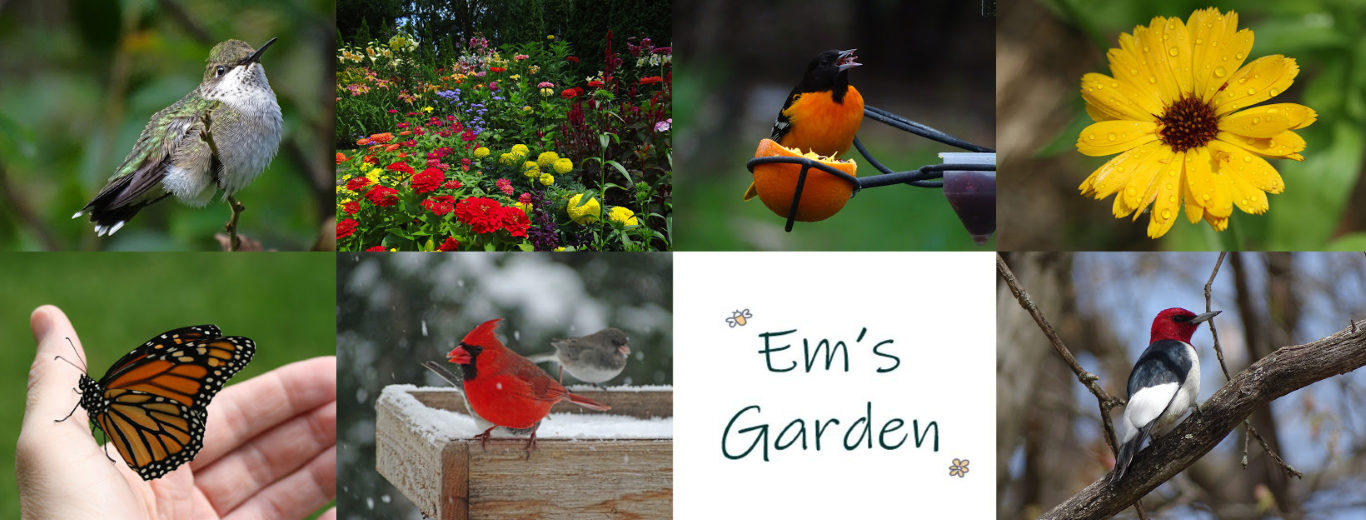Last summer I posted about a weed that is trying to take over some of my flowerbeds. It has leaves like a nettle, but the stems are smooth. I don’t suffer any reaction when I touch the plant like I get when I touch a stinging nettle. For a time I thought it might be a member of the mint family since it multiplies like crazy.
I didn’t have this plant in my yard until two years ago. I’m guessing it snuck in with some bags of topsoil or composted manure.
Ubiquitous is not a strong enough word for this weed and neither is omnipresent. If left on its own for just a few days, I’m pretty sure this weed could fill in the entire solar system. When we had an abundance of rain in June, I was pulling these every 2 days or so but replacements would quickly fill in. This weed can grow 3 or 4 inches tall in just a day or two.
I’ve been trying to identify this pesky weed for over a year now. I’ve looked at hundreds of images on the internet, but I was never find anything that matched. I also went page by page through several very large weed identification books and I still found nothing that looked quite right.
Recently I stumbled upon the answer by accident. I was reading a post on Margaret Roach’s website (I really enjoy her garden podcasts). The post was about two other weeds that haven’t found me yet, but at the very end of the post I spotted a photo of what looked like my crazy, mystery weed. There was a link to a different weed post so I followed it. Eureka! I wasn’t the only one who had difficulty identifying what I now know is clearweed (Pilea pumila). Margaret says she was trying to identify it for decades.
Clearweed is indeed a member of the nettle family. It’s a common woodland plant and a North American native. Clearweed prefers light shade, but it seems to consider my tightly-spaced annual and perennial beds enough of a shady cover in which to thrive and multiply.
Some weeds are easy to pull (purslane) and others are a nightmare (crabgrass). Clearweed is one of the former. The only complication is confusing it with its cousin the stinging nettle. More than once I’ve reached into a flowerbed to pluck a clearweed only to feel the prickly pain of nettle fibers going into my fingers.
An application of Preen slowed down but did not stop this weed from popping up by the hundreds in one of my shadier flowerbeds. Now I’m just trying to pull as many of them as I can before they go to seed and haunt me in even bigger numbers next year.



